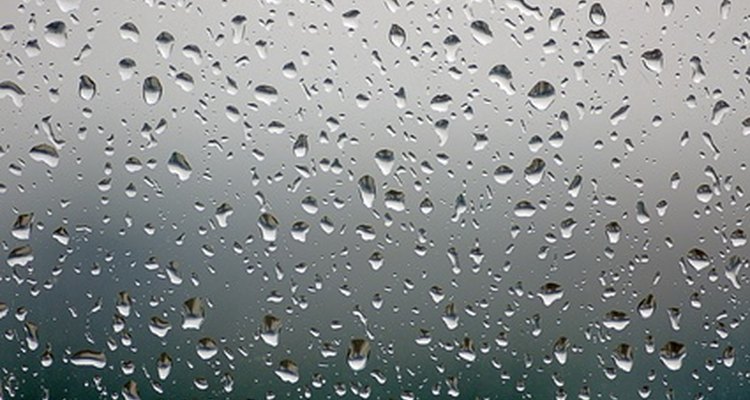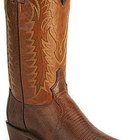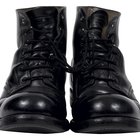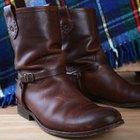
Carhartt is one of the most popular brands of clothing for construction workers. Most of their jackets are lined with a thermal shell and a special fire-retardant coating that makes them a safe and warm choice for site work. Made of cotton and duck canvas material, Carhartt jackets can withstand the abuse of heavy work. The material of the jacket is not wind- or waterproof, and a good storm can penetrate the thermal layer. Use an old-fashioned but proven technique to windproof a Carhartt jacket and the get the bonus of being waterproof as well.
Hang the Carhartt jacket over a tarp so any of the windproof coating that might drip during application will be easy to clean up.
Melt the wax and rosin into the linseed oil using a double boiler until they are completely blended into a liquid mixture.
Cover the outer shell of the Carhartt jacket with the mixture by painting it onto the cloth with a paintbrush. Make sure that the surface is completely saturated. Pay special attention to the seams because they have two layers of fabric.
Let the jacket air dry for 24 hours. Re-apply the coating every two months to maintain the wind and waterproof coating.
Related Articles

How Do You Clean Barbour Jackets?

How to Clean Lizard Skin Boots

How to Treat Doc Martens With Mink Oil

How to Clean a Chamois Leather Jacket ...

What Is a Textile Motorcycle Jacket?

How to Apply DuckBack Oil on Duster ...

How Should I Protect My Lambskin ...

How to Waterproof a Canvas Jacket

How to Make My Columbia Jacket Water ...

How to Repair Neoprene Boots

How to Care for Frye Boots

How to Remove a Mold Stain From a Ski ...

Differences Between Polyester and Nylon ...

How to Make Oilskin Wax

How to Reproof an Oilskin Coat

How to Make a Wool Jacket Look New Again

How to Get the Smell Out of an Oilskin ...

How to Make Faux Leather Jackets Last ...

How to Waterproof a Leather Jacket

How to Soften Leather Jackets
References
Writer Bio
Cassandra Tribe has worked in the construction field for over 17 years and has experience in a variety of mechanical, scientific, automotive and mathematical forms. She has been writing and editing for over 10 years. Her areas of interest include culture and society, automotive, computers, business, the Internet, science and structural engineering and implementation.
Photo Credits
rain image by tomash from Fotolia.com